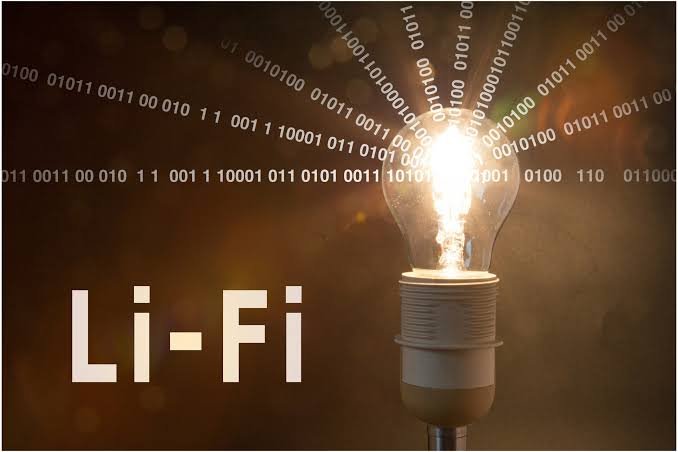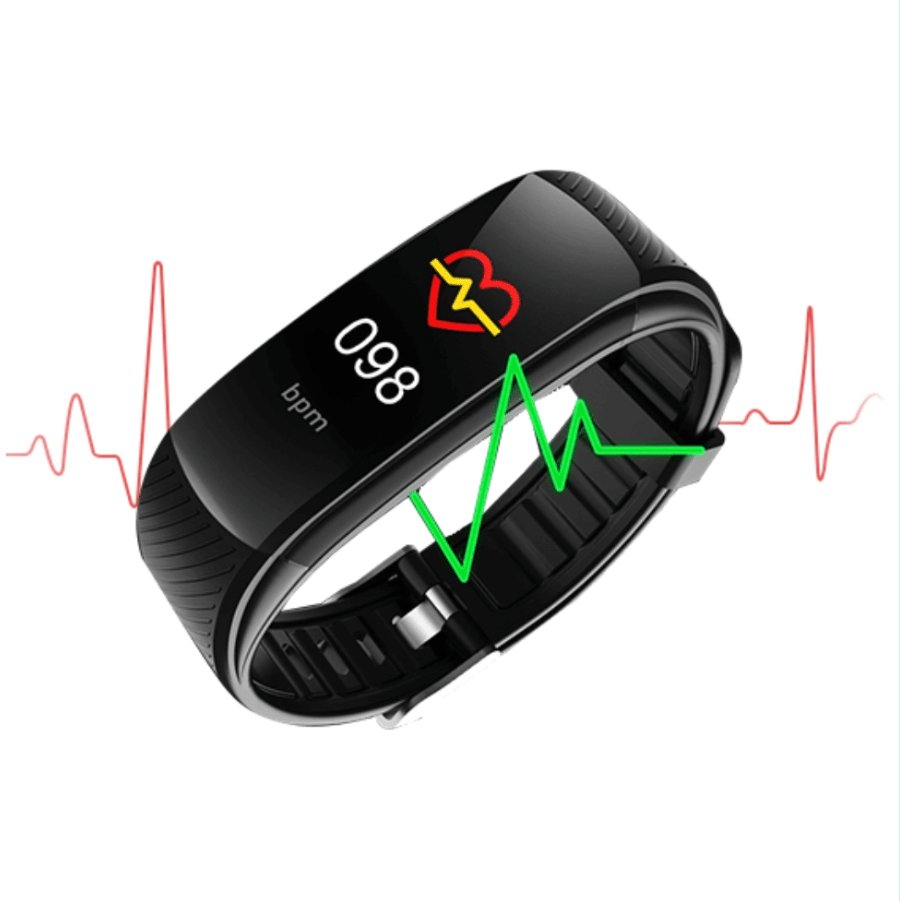The aerospace sector is famous because it always tries to create new things and make better aeroplanes, which makes flying nicer for people. New technology like engines that use less fuel, materials that are not heavy, and strong systems for talking have important roles in changing air travel for the future. Within this changing scene, Light Fidelity (LiFi) technology appears. It is a big change that offers new kinds of free space optical communication for airlines and travellers everywhere.
Commercial aeroplanes and personal jets depend greatly on quick data transfer and immediate communication systems for their secure and effective functioning. They usually use radio frequency (RF) and satellite systems to do this, as the aerospace field keeps progressing. However, LiFi technology offers a strong alternative as it brings many advantages to the aviation industry.
Cost reduction and efficiency
LiFi technology in aerospace can save money because it needs less hardware than usual RF systems, so the cost of equipment and installing it is lower. Furthermore, LiFi makes it faster to develop new aeroplane types because there’s no need for expensive satellite setup and checks. This speeds up how quickly they can be sold.
LiFi has reduced operating costs than other conventional wireless systems. Using light waves to transfer data uses less power, which results in significant energy savings over the system’s lifetime. Moreover, more effective data transmission is possible due to the absence of radio frequency interference, which eliminates the need for complex shielding or large component spacing.
LiFi systems are easier and more direct to troubleshoot and fix from a maintenance standpoint. The components are usually easier to replace and more accessible, which lowers associated costs and downtime. Moreover, LiFi technology’s intrinsic security, which limits data transfer to a defined lighted region, does away with the necessity for the intricate and costly encryption procedures needed for RF systems.
Enhanced passenger comfort
Aeroplane companies put passengers’ ease first and use LiFi technology for a better experience during flight. Very quick internet from LiFi lets people watch movies, listen to music, and enjoy different things without stopping while they travel. Furthermore, because LiFi has short delay times, which is an important characteristic, it makes sure that communication for live video meetings and internet games goes without interruption even when you are up in the air at 35,000 feet. This allows travellers to keep in touch with friends, family or co-workers even when they are far away from each other.
Because LiFi offers high data rates and low latency, people can enjoy streaming high-definition video completely free from any bothersome interruptions. On the move, you will be able to appreciate movies or music even for long flights. LiFi also offers safe, localized data transmission that lets passengers use the Internet and take part in online activities without endangering either their privacy or the aircraft’s fragile systems.
Besides, passengers can blend LiFi technology with the inflight entertainment system for a better passenger experience. For instance, this might include extensive collections of interactive games and virtual reality experiences. Doing so would transform the boring tedium of flying into an amazing and thrilling entertainment event!
Simplified engineering and integration
Engineering solutions that make things simpler and smoother for putting them together are given to aeroplane makers by using LiFi technology. Since LiFi systems need fewer parts and simple wires, they fit easily into existing designs of aeroplanes without big changes. The outcome is a decrease in the cost to develop, together with better reliability and more efficient maintenance methods – this all leads to improved time when operations are running which makes customers happier.
Furthermore, LiFi’s intrinsic immunity to electromagnetic interference makes integration easier and does away with the complicated grounding and shielding procedures needed for conventional radio frequency (RF) systems. This improves overall system dependability by streamlining the engineering process and lowering possible sites of failure. LiFi networks’ self-contained design reduces the possibility of interference with vital aircraft systems, guaranteeing flawless operation and strict respect to safety regulations.
LiFi’s plug-and-play features also make integration easier, allowing for quick deployment and reconfiguration as needed. This adaptability helps aircraft manufacturers keep ahead of the competition and provide cutting-edge solutions to their clients by enabling them to react quickly to changing requirements, market demands, or technical breakthroughs.
Environmental friendliness
LiFi technology brings cost savings and helps the environment, reflecting how the aviation industry cares about being sustainable. It cuts down our need for usual RF communication ways, which often require a lot of infrastructure and energy; this lowers carbon emissions and uses fewer resources. The outcome is an aviation system characterized by its environmental friendliness, which is beneficial for both the next generations and nature.
Conclusion
LiFi technology has a lot of possibilities to change how things connect in the aerospace area, bringing cheaper options and better comfort for passengers. It makes engineering simpler and helps the environment too. When airlines and aeroplane makers start using these new LiFi applications, we can see a future with much better efficiency, dependability, and connection ahead. LiFi sets a new benchmark for communication during flights, so with its introduction, the sky is no longer the boundary for both the aerospace sector and travellers.



